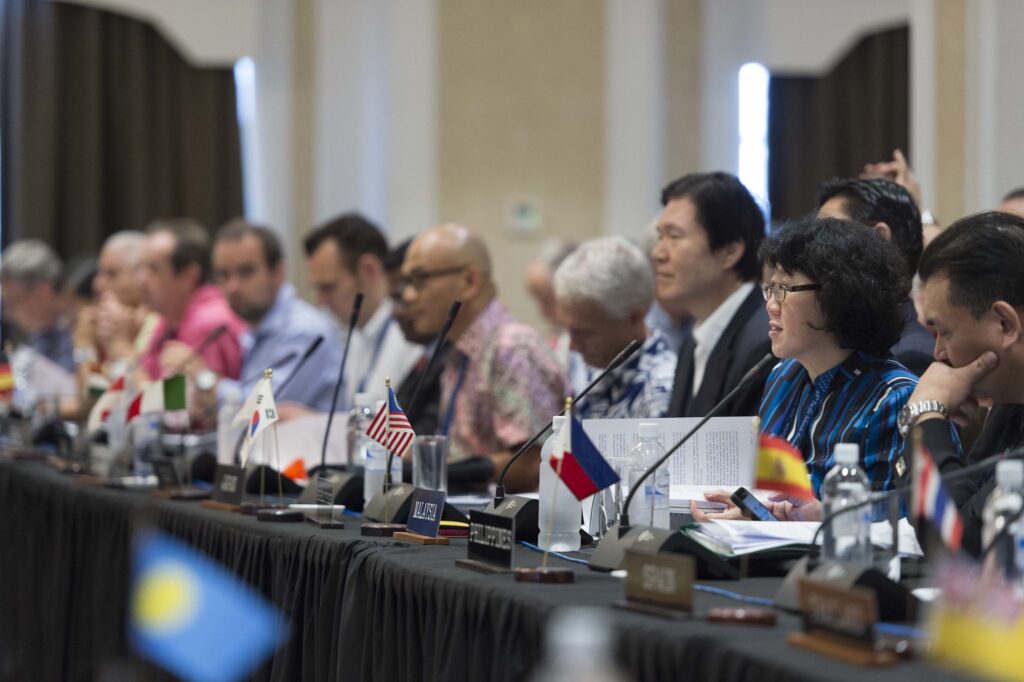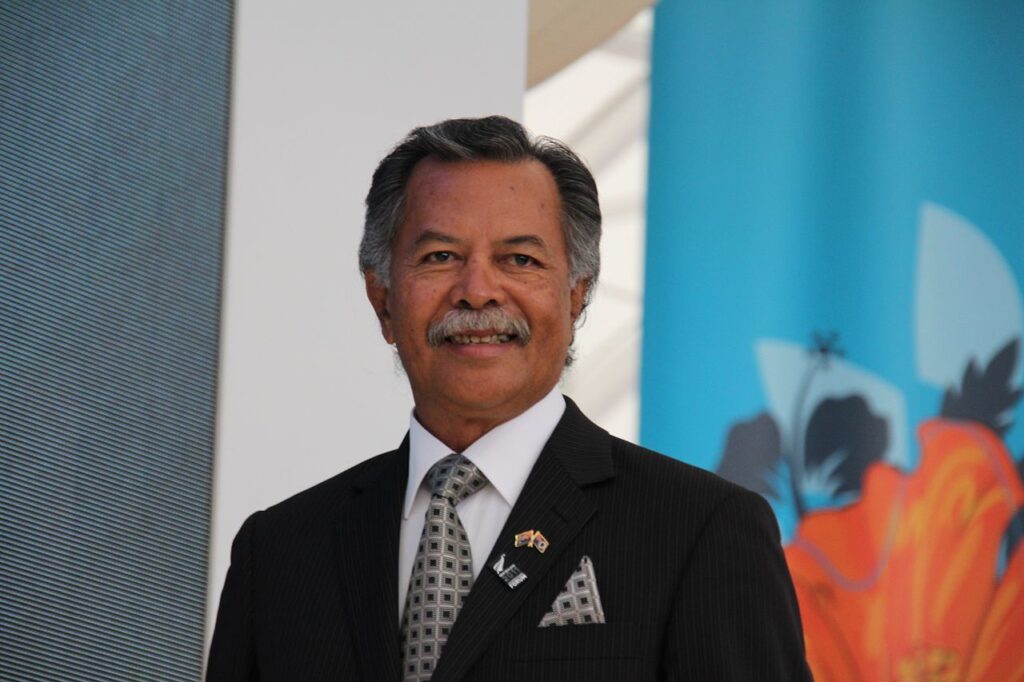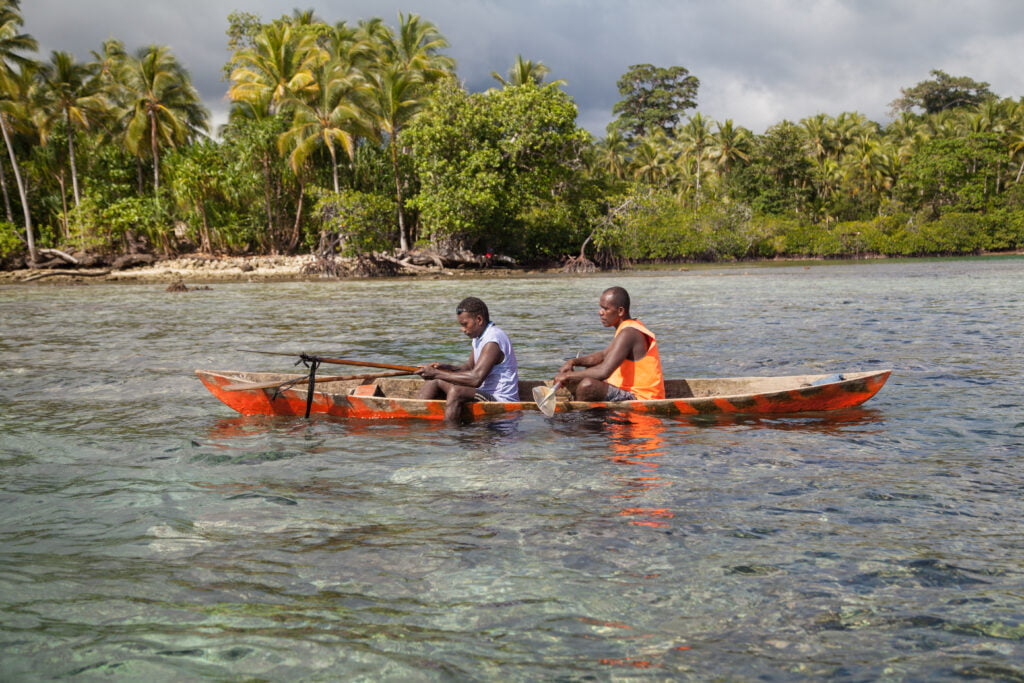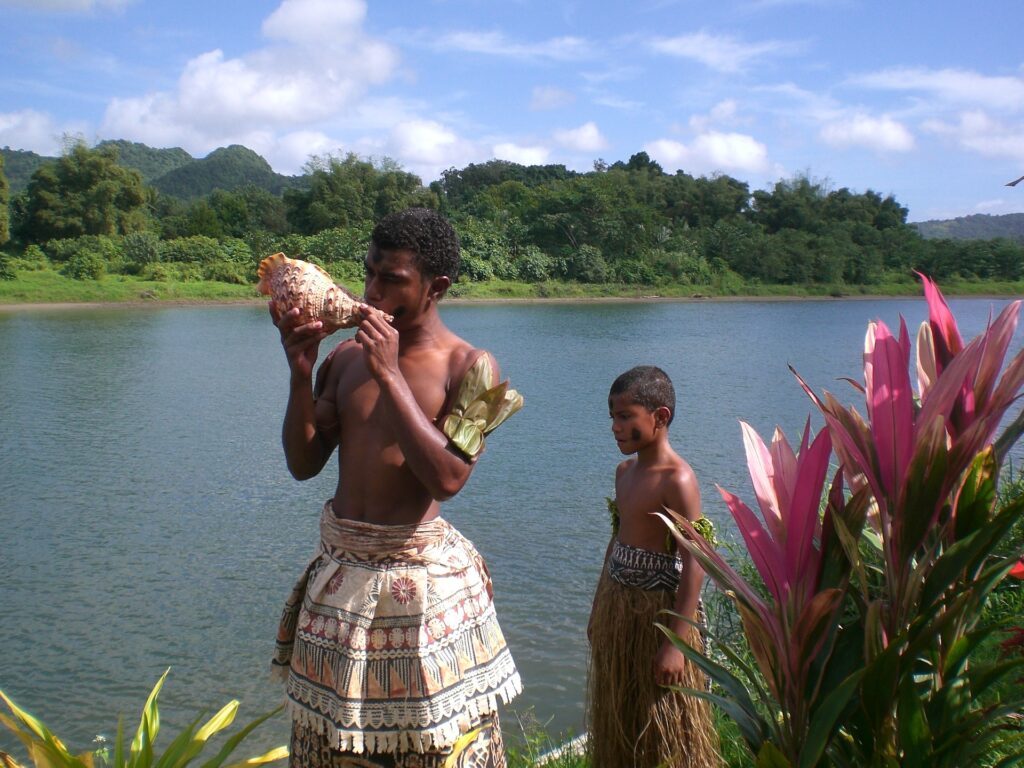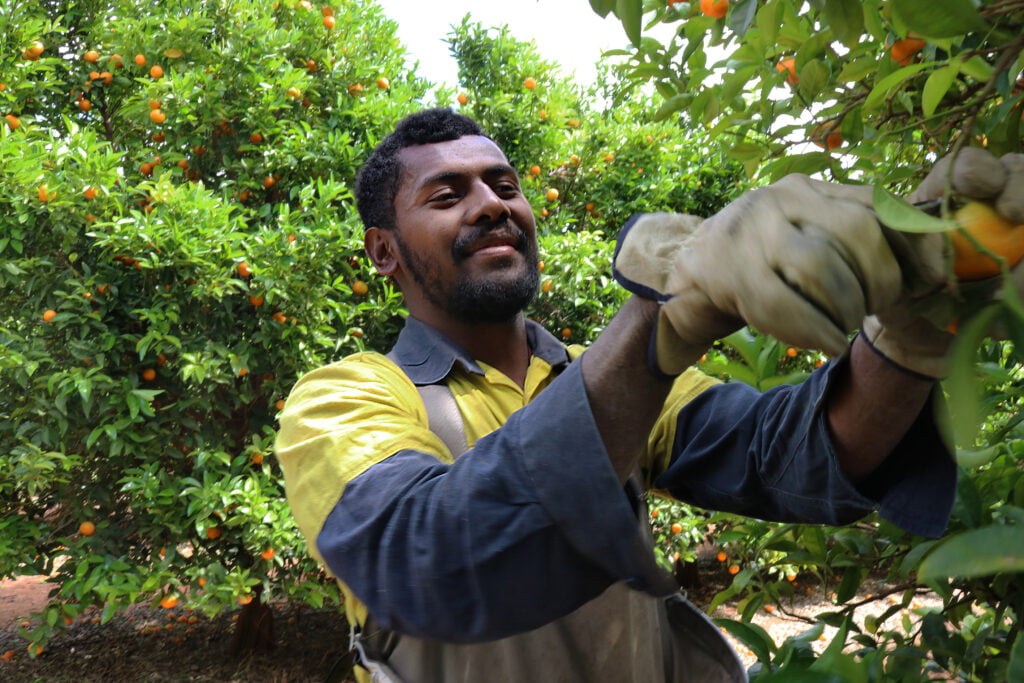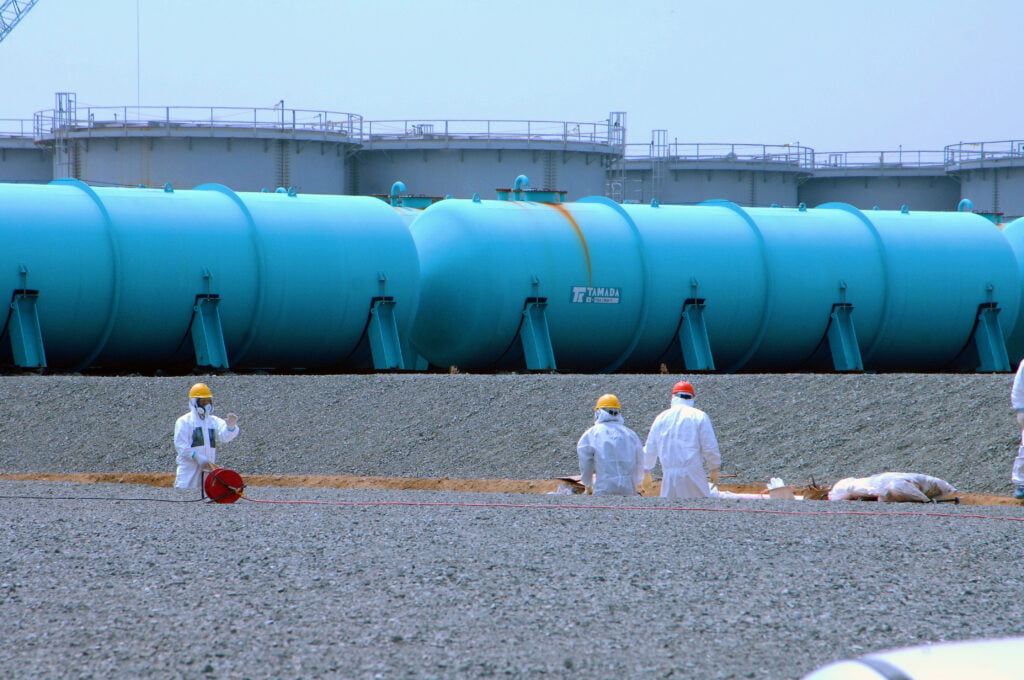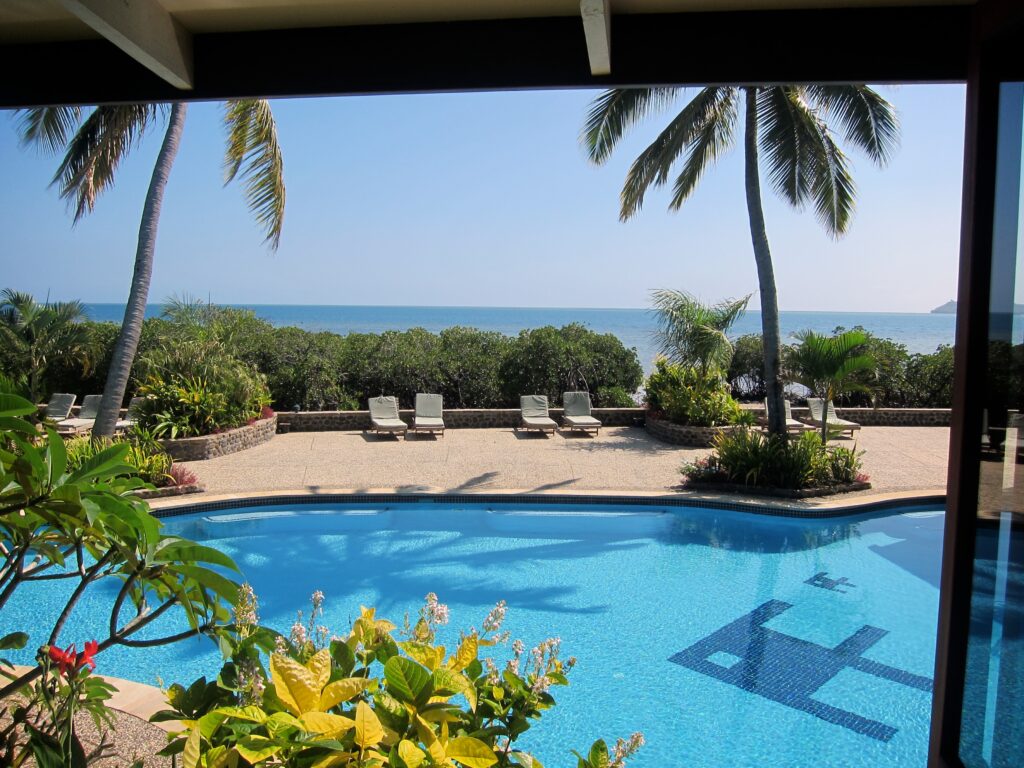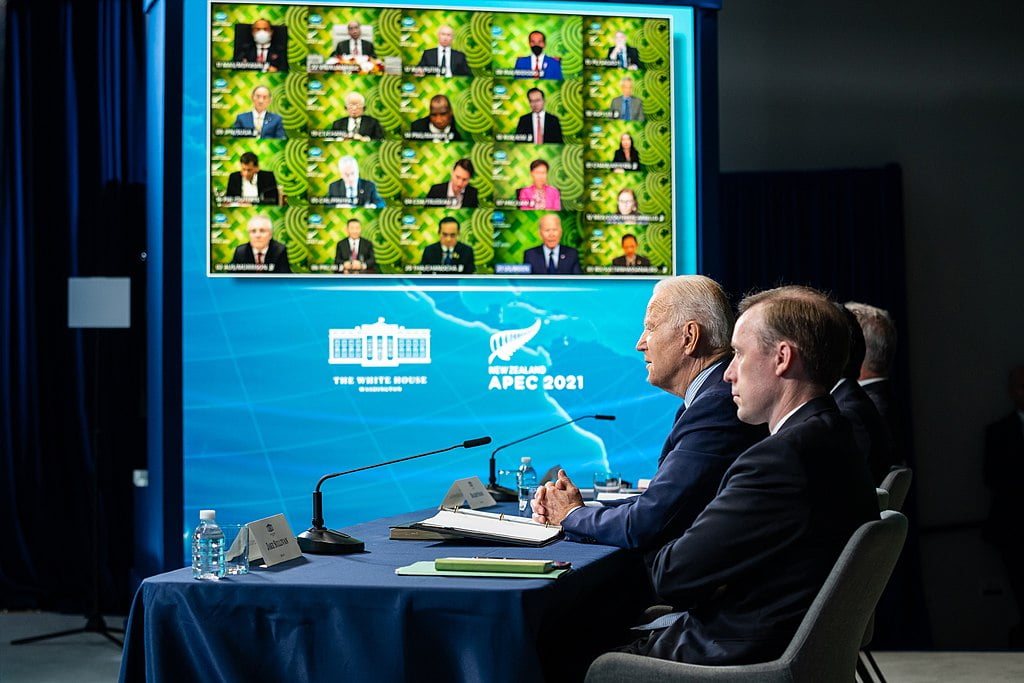We use cookies to improve your experience with Monash. For an optimal experience, we recommend you enable all cookies; alternatively, you can customise which cookies you’re happy for us to use. You may withdraw your consent at any time. To learn more, view our Website Terms and Conditions and Data Protection and Privacy Procedure.
Pacific primer
Published on July 11, 2022Not usually at the forefront of geopolitical argy-bargy, the Pacific has recently emerged as a strategic element of securing democracy. A rift threatened to tear apart normally unshakeable regional unity in 2021, with five Micronesian countries threatening to leave the most powerful transnational group, the Pacific Islands Forum. Ahead of the July 12 - 14 meeting of the Forum, the rift seems to have been patched over.
 The Pacific Islands Forum is taking place in Suva, Fiji from July 12 to July 14. : Michael Joiner, 360info CC BY 4.0
The Pacific Islands Forum is taking place in Suva, Fiji from July 12 to July 14. : Michael Joiner, 360info CC BY 4.0
Not usually at the forefront of geopolitical argy-bargy, the Pacific has recently emerged as a strategic element of securing democracy. A rift threatened to tear apart normally unshakeable regional unity in 2021, with five Micronesian countries threatening to leave the most powerful transnational group, the Pacific Islands Forum. Ahead of the July 12 – 14 meeting of the Forum, the rift seems to have been patched over.
But both China and the United States have a renewed interest in winning friends and influencing the region. Each are expected to send high-level envoys to the Forum meeting. The US has long enjoyed military access to many Pacific Islands, including some with US bases. China’s recent attempts to establish the same with Solomon Islands has been met with alarm from the US and its regional allies.
The patch that kept the Forum unified needs to be strong enough to withstand these opposing forces. While each nation may consist of small islands, united, they represent control of one fifth of the world’s oceans.
Meanwhile the region faces considerable longer-term challenges that nations eager to form partnerships in the region can exploit to their advantage. Development, law and order, fisheries, security, communications, spiralling debt and women’s rights remain priorities for Pacific Island countries. And climate change, always climate change, lurks in the shadows of every aspect of Pacific life.
REALITY CHECK
The Pacific Ocean covers more than 30 percent of the Earth’s surface, stretching from the Arctic Ocean to the Southern Ocean; and from the west coast of the USA to the east coast of Japan.
It contains around 30,000 recognised islands.
The western and central Pacific provide around 60 percent of the world’s tuna
There are around 1,400 languages spoken in the Pacific.
BIG IDEAS
Quote attributable to Robert H. Richmond, University of Hawai’i at Mānoa
The world’s oceans are a shared resource among all people, providing over 50 percent of the oxygen we breathe, and a diversity of resources of economic, ecological and cultural value for present and future generations.
Quote attributable to Aaron Jenkins, University of Sydney
In the global and regional planetary health arenas, Pacific Island leaders are poised to drive action. Pacific Island nations are large ocean states, managing approximately 20 percent of the world’s oceans, the primary drivers of Earth’s climatic system. They are at a stage of development where their policy decisions will significantly affect the environmental and social wellbeing of the entire planet.
Quote attributable to Henrietta McNeill, Australian National University or Maima Koro, University of Adelaide
Climate change is the single greatest threat to Pacific livelihoods and remains the focus of the 2018 Boe Declaration… It is unity over a shared threat that has brought the Pacific Islands together again. They cannot fight climate change alone.
VIDEO
Lisa Williams Lahari, Pacific Islands Forum secretariat introduces the series.
Editors Note: In the story “Pacific primer” sent at: 12/07/2022 11:14.
This is a corrected repeat.



